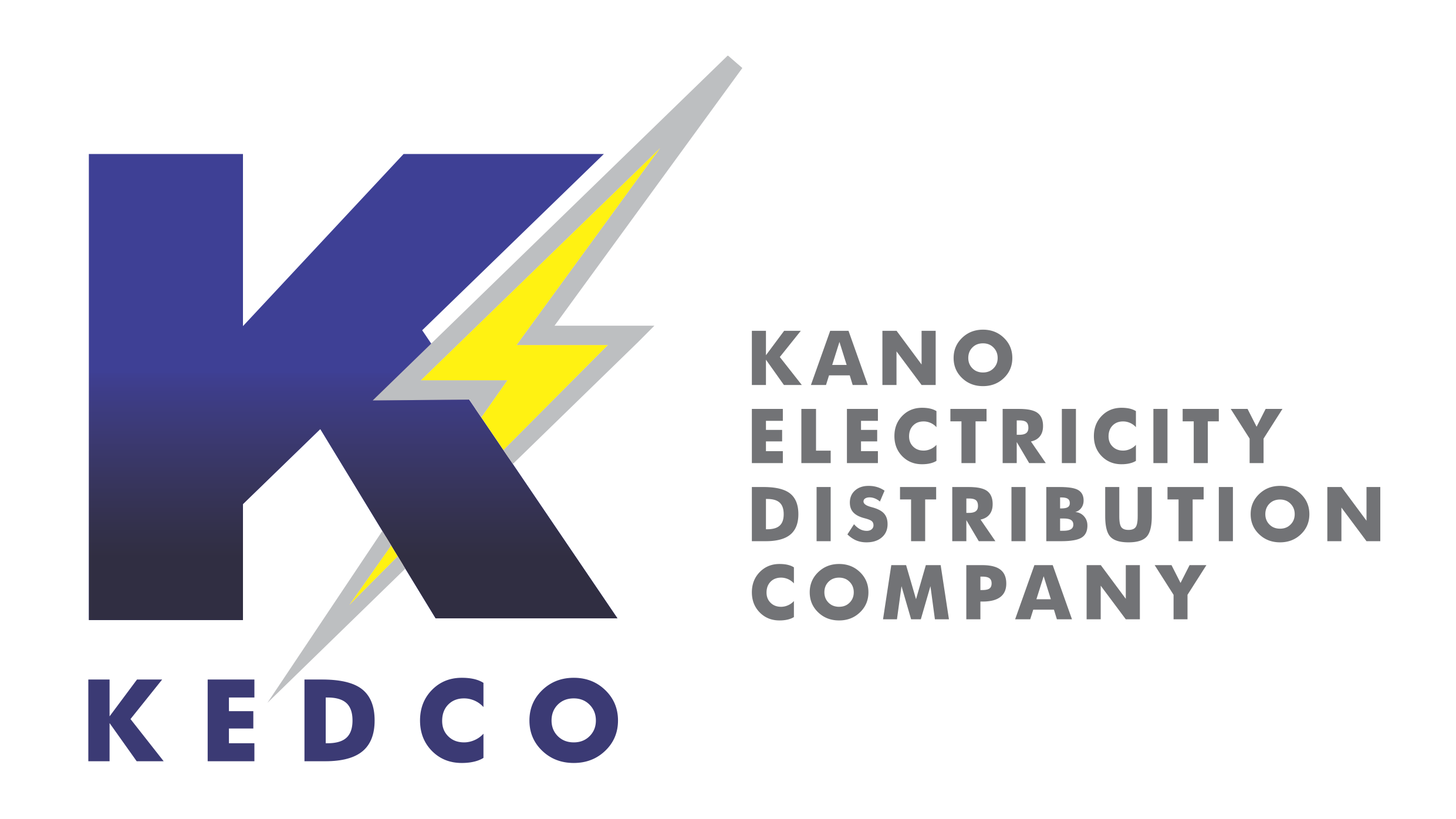Offering infinite opportunities for prototyping, manufacturing, and even art, 3D printing is fast changing. At the core of this technology is a critical component—the materials and filament employed—that influences a printed item’s success and quality. Whether you are a novice starting with a desktop 3D printer or a seasoned engineer producing sophisticated components, knowing filament materials is vital to reach your desired results.

What are filaments for 3D printers?
The most widely used 3D printing technique, Fused Deposition Modeling (FDM), involves melting thermoplastic feedstock filaments and extruding them layer by layer to produce a 3D item. These spooled PLA filaments come in different diameters, hues, and critical materials.
Depending on criteria like strength, flexibility, temperature resistance, and finish quality, each filament material has peculiar characteristics that render it appropriate for particular uses.
Popular 3D printing filament kinds
Let’s investigate the most often utilized filament materials available on the market:
1. Polylactic Acid (PLA)
Best for: Beginners; prototyping; decorative objects
Easy to print, low warping, biodegradable, low printing temperature (~180–220°C)
Cons: brittle, low heat resistance
PLA filament is the most beginner-friendly and environmentally friendly. Derived from renewable sources like corn starch, it is well-liked by educators and hobbyists.
Acrylonitrile butadiene styrene (ABS)
Functional components, enclosures, and automotive prototypes
Strong, long-lasting, heat-resistant properties.
Prone to warping, gives fumes (needs ventilation), greater printing temperature (~220–250°C)
ABS is a mainstay for professional and industrial use because of its durability, but it needs a printing setting under control.
3. PETG (polyethylene terephthalate glycol),
Mechanical components, water-resistant prints require
Strong, adaptable, chemical-resistant, less prone to warping
Slightly more arduous to dial in for ideal prints
PETG is a popular choice for engineering-grade prints since it strikes a balance between the strength of ABS and the simplicity of PLA.
4. Thermoplastic Polyurethane (TPU)
Flexible things, phone covers, and gaskets are best suited for:
Elastic, resistant to damage,
Demanding a slower printing speed may be challenging to extrude
Offering special usability, TPU opens doors for printing bendable and elastic parts.
Best for gears, instruments, and load-bearing components:
Strong, flexible, high-abrasion pros
Moist-sensitive, needs extreme printing temperatures (~240–260 °C)
Often used in industrial-grade settings, nylon is celebrated for its toughness.
Specialty Filaments
Besides basic materials, the 3D printing industry today provides composite filaments infused with extras like:
Wood (for textures akin to wood)
Carbon fiber (to boost stiffness)
Metal (for aesthetic value, bronze or copper)
Filaments for imaginative applications: glow-in-the-dark and color-changing
These resources let engineers, designers, and artists broaden the functional and aesthetic value of their prints.
Choosing the right 3D printer filament depends on your project requirements:
| Requirement | Suggested Filament |
| High strength | Nylon, ABS, PETG |
| Easy to print | PLA |
| Flexible | TPU |
| Outdoor use | PETG, ASA |
| Aesthetic model | PLA, Wood |
| Industrial application | Nylon, Carbon Fiber |
Also, consider your printer’s capabilities. Not all printers can handle high-temperature or abrasive filaments. Always check compatibility before use.
Many filaments, especially Nylon and TPU, are hygroscopic—they absorb moisture from the air. This leads to poor print quality, bubbling, and inconsistent extrusion. Always store your filaments in dry, airtight containers or use filament dryers for best results.
As 3D printing grows in popularity, the variety and quality of filament materials continue to evolve. From household items and prosthetics to industrial components and art pieces, the type of filament you choose can make or break your project.
For those serious about 3D printing—understanding the properties, advantages, and limitations of different materials isn’t just useful—it’s essential.
Whether you’re printing your first design or developing a prototype for mass production, choosing the right 3D printer filament is the first step toward success.
Share This Story, Choose Your Platform!
This site uses Akismet to reduce spam. Learn how your comment data is processed.









